VW reveals first details about the hybrid Passat
The Passat eHybrid will be available with system outputs of 150 kW and 200 kW. The battery is also new, with a net usable energy content of 19.7 kWh, according to the VW press release. This should allow up to 100 kilometres in purely electric mode – at least in the WLTP standard. The battery can be charged at AC charging points with 11 kW instead of the previous 3.6 kW. At DC charging points, the new Passat Estate eHybrid charges with up to 50 kW. By the way: as with the current eHybrid variants of the Golf, the charging port of the Passat is no longer at the front, but on the left side between the front wheel and the driver’s door.
The combustion engine part of the eHybrid drive is also new: previously, the plug-in hybrid in the Passat was offered with the 1.4-litre petrol engine (EA211); in the ninth generation, the 1.5 TSI evo2 is used – from the EA211evo engine series. In addition, there is a mild hybrid called eTSI in the Passat as well as two non-electrified petrol engines and three diesels. All powertrains are offered with a dual-clutch transmission; a manual gearbox is no longer available. In future, the driving gear will be selected on a steering column lever, and there will also no longer be an automatic gear selector in the centre console.
According to VW, a world premiere in the ninth Passat generation is the adaptive chassis control ‘DCC Pro’. The wider range of dynamics and comfort is said to set “standards in the mid-size class”. This is made possible by the two-valve technology used for the first time in a VW.
The interior features the large touch display from the fourth-generation ‘Modular Infotainment Toolkit’, or MIB4 for short, familiar from the ID.7. Unlike the ID. models, the Passat still has a large, fully digital cockpit display. The first pictures also show that the Passat has classic buttons on the steering wheel again instead of the often criticised touch surfaces.
VW has not yet revealed the actual dimensions, but only excerpts. The wheelbase has increased by five centimetres (probably to 2.84 metres), which is directly reflected in five centimetres more legroom for the rear-seat passengers. The maximum load volume has also increased, with a reported 1,920 litres; previously, it was up to 1,780 litres. However, it is noticeable that the rear window is somewhat flatter than in the earlier Passat station wagons.
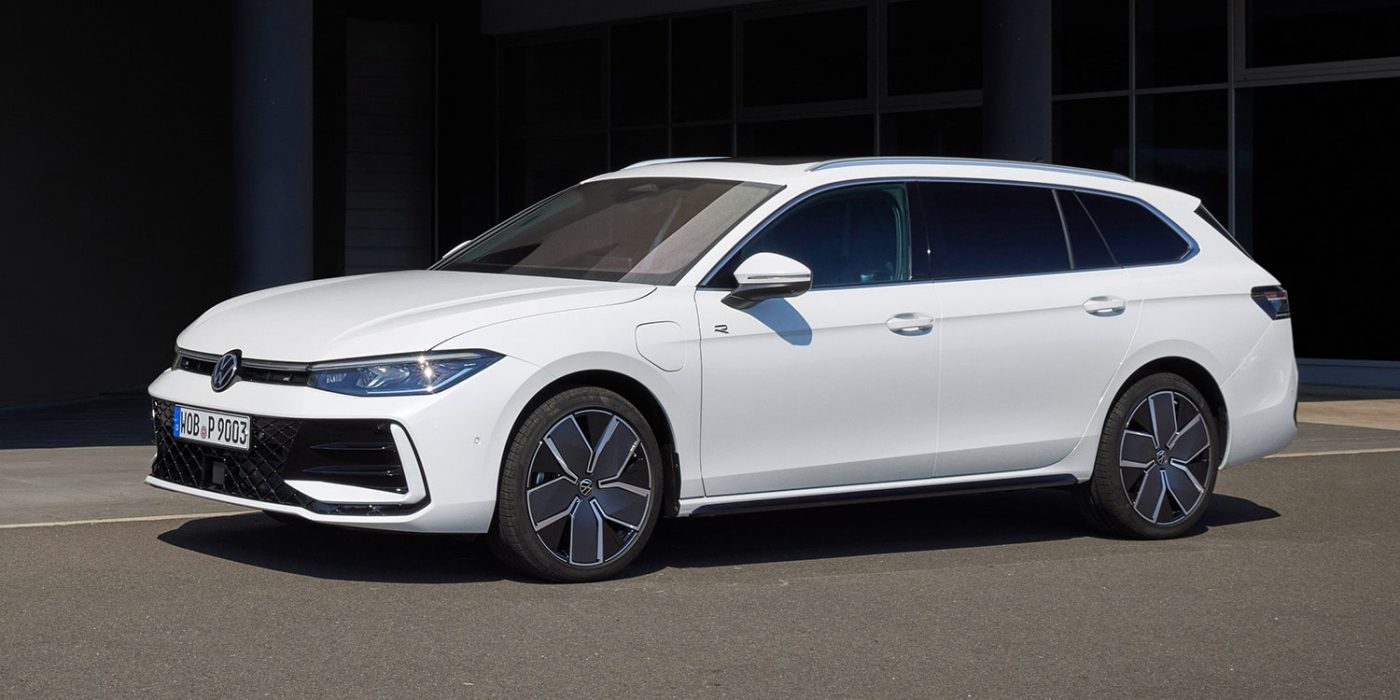
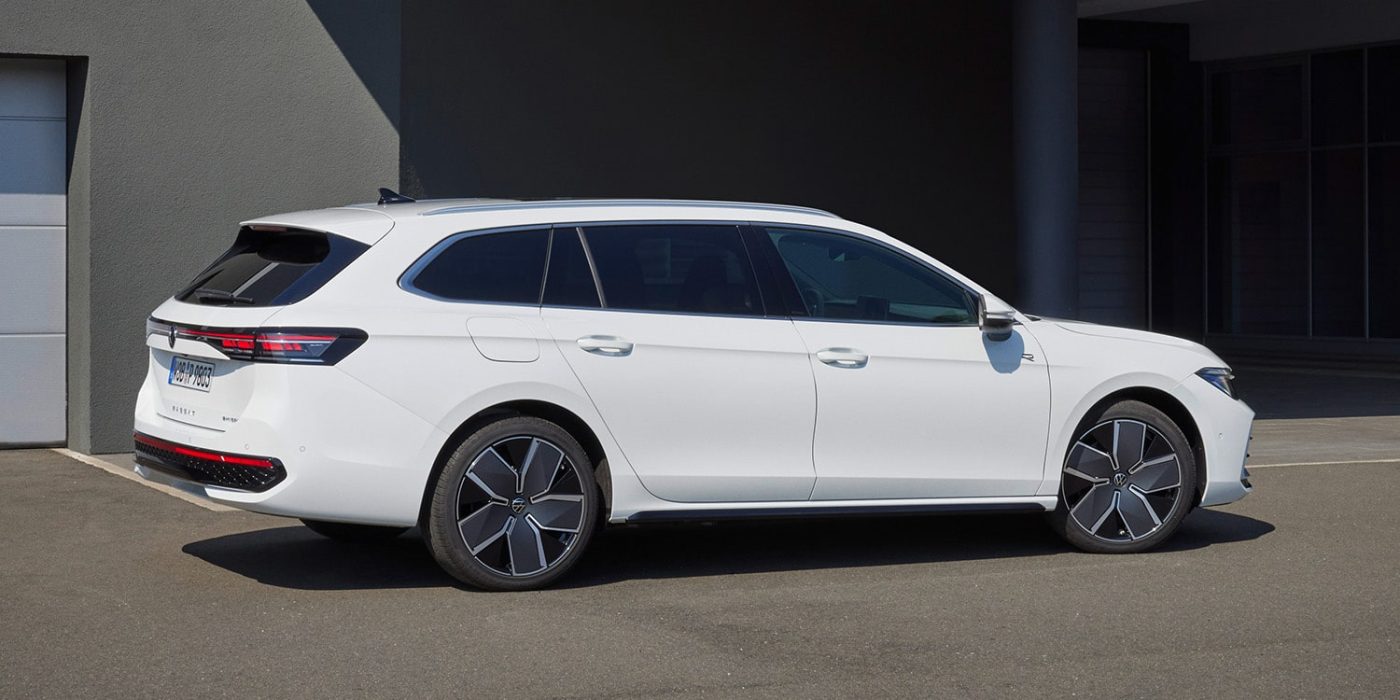
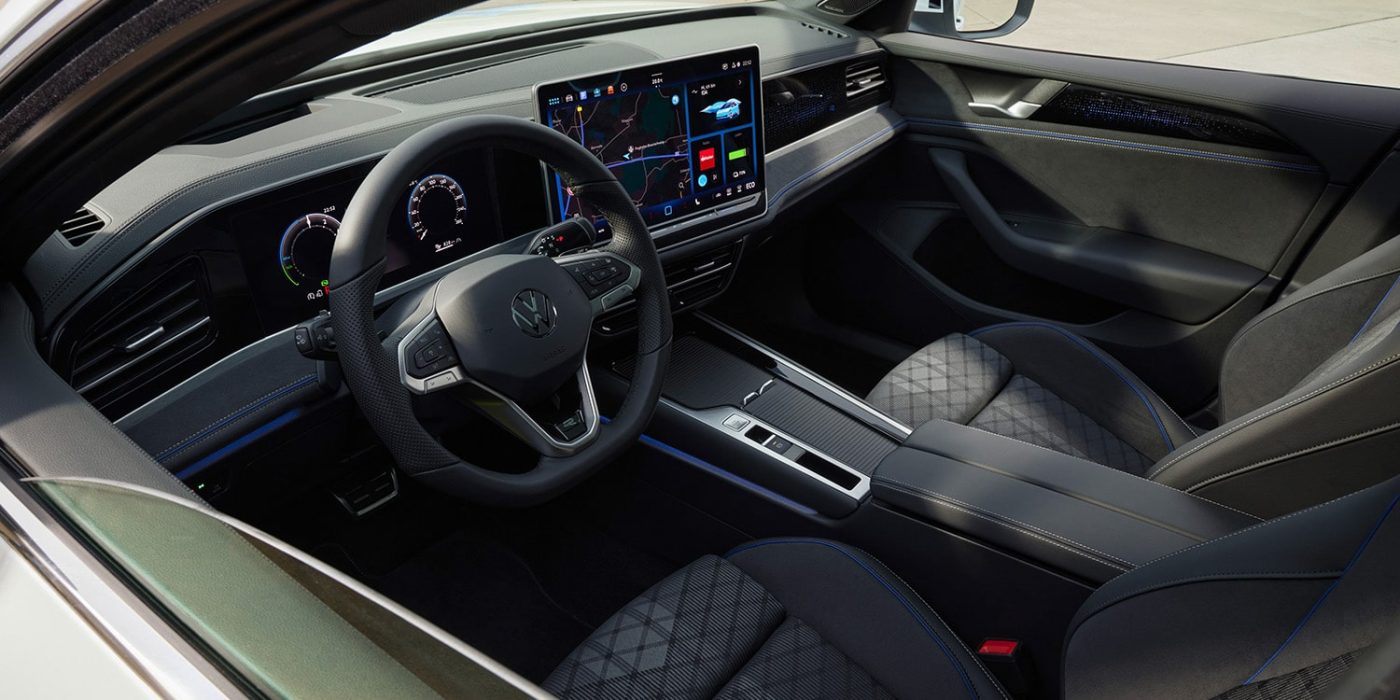
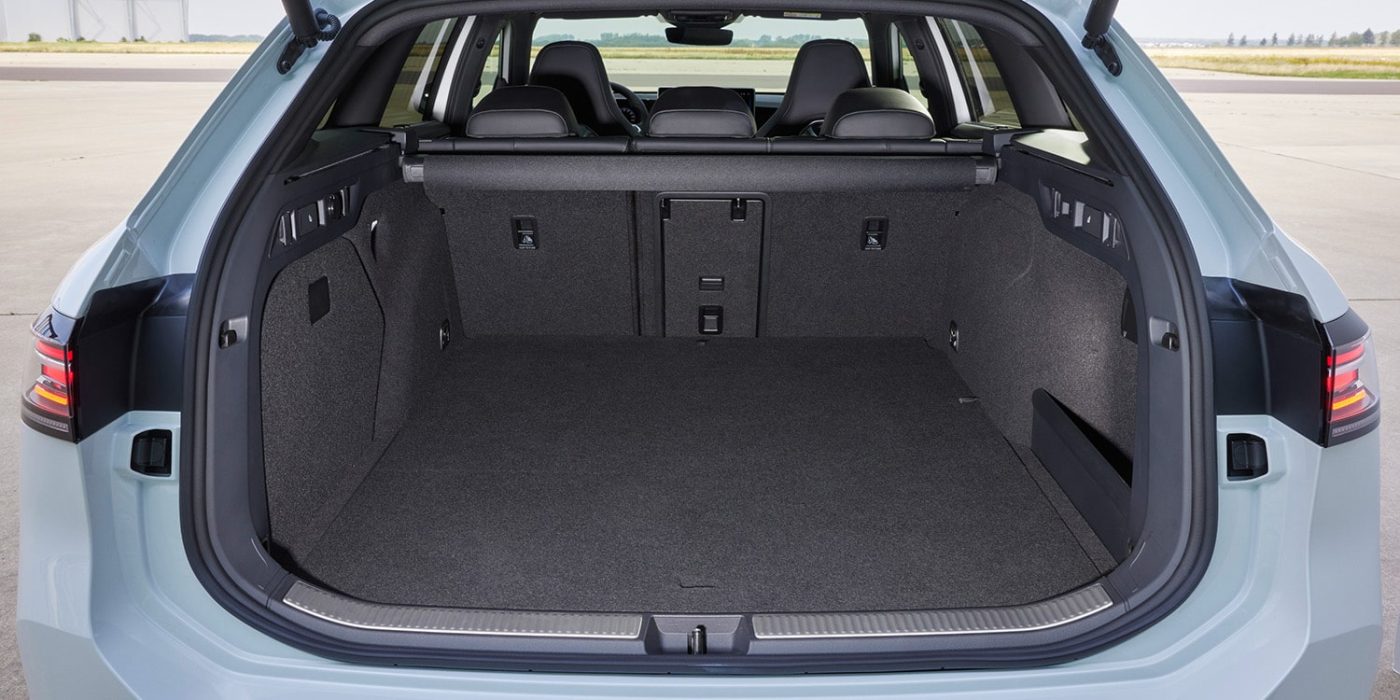
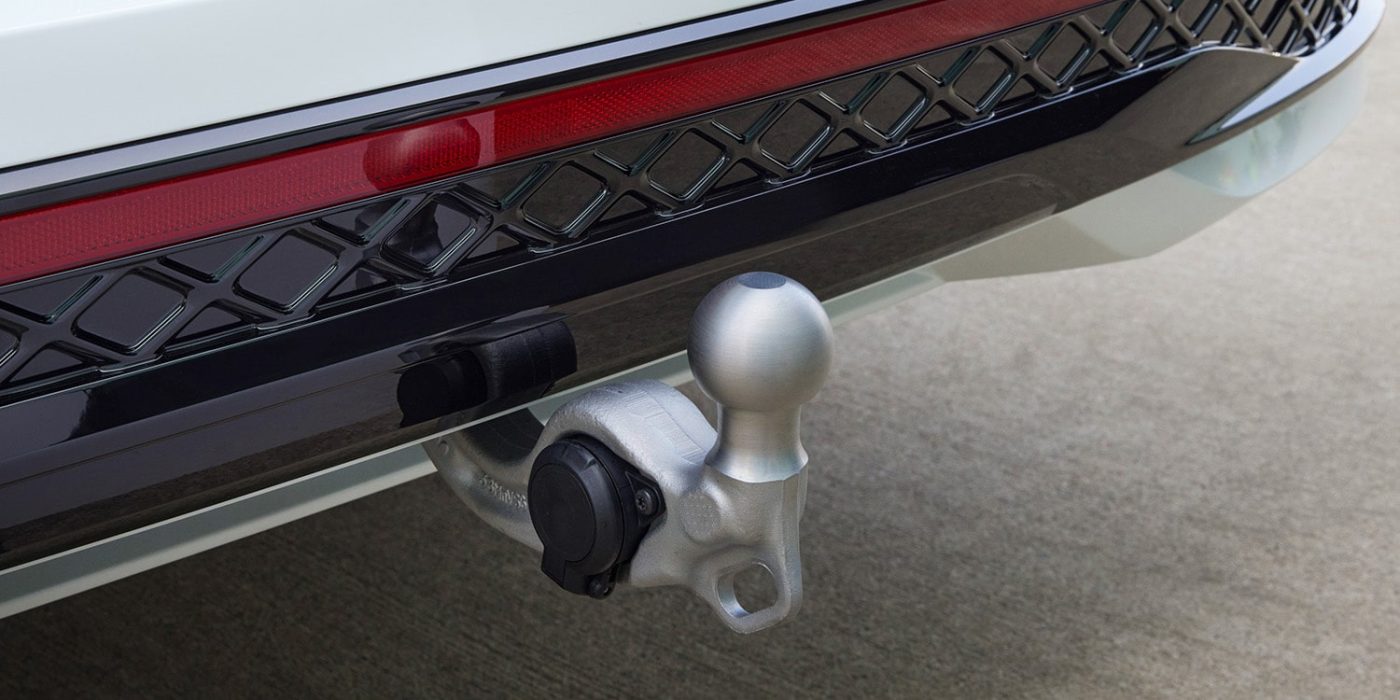
Even in its ninth generation, the Passat will not be available with a purely electric drive. Instead, VW is planning a station wagon offshoot of the purely electric ID.7, which will reportedly be called the ID.7 Tourer and could be launched in 2024. Incidentally, the new Passat generation will only be offered as an estate and no longer as a saloon. In addition, the Passat will no longer be built in Emden, but in Bratislava. In the Lower Saxony plant, the Passat had to make room for the production of the ID.7.
“The latest evolutionary stage of the modular transverse matrix (MQB evo)forms the highly innovative technical basis of the ninth Passat generation,” says Kai Grünitz, VW Brand Board Member for Technical Development. “Thanks to the significant economies of scale of the MQB evo, Volkswagen has again democratised numerous high-tech developments and made them available for hundreds of thousands of drivers.” Volkswagen has not yet published prices.
Update 21 March 2024
VW has launched pre-sales of the new Passat Estate with two plug-in hybrids. The two eHybrid models with 150 kW and 200 kW system output are available in Germany from €50,320 and €62,470, respectively.
The weaker plug-in hybrid with 150 kW can be configured in the “Passat”, “Business,” and “Elegance” trim levels. The 200 kW version can be ordered with the “Elegance” and “R-Line” trim levels. The “Passat” is the basic version. According to VW, the additional features of the “Business” version are tailored to frequent business drivers. “Elegance” and “R-Line” are the top-of-the-range versions, sometimes with a comfort-orientated, sometimes with a sporty focus.
In terms of technology, both versions (as described above) utilise an 85 kW electric motor. Depending on the version, this is combined with a 110 kW or 130 kW turbocharged petrol engine (1.5 TSI evo2). The 19.7 kWh battery offers an electric range of up to 120 kilometres, according to VW. Charging takes place with up to 11 kW AC and now also up to 50 kW DC.
In addition to the PHEV estate version of the Passat (which is no longer offered as a saloon), VW now also offers an all-electric estate of a similar size, the ID.7 Tourer. However, as the ID.7 estate is designed more for lifestyle than utility – for example, with the flatter rear window – it is called a Tourer and not a Variant. The ID.7 Tourer is available to order from 54,795 euros.

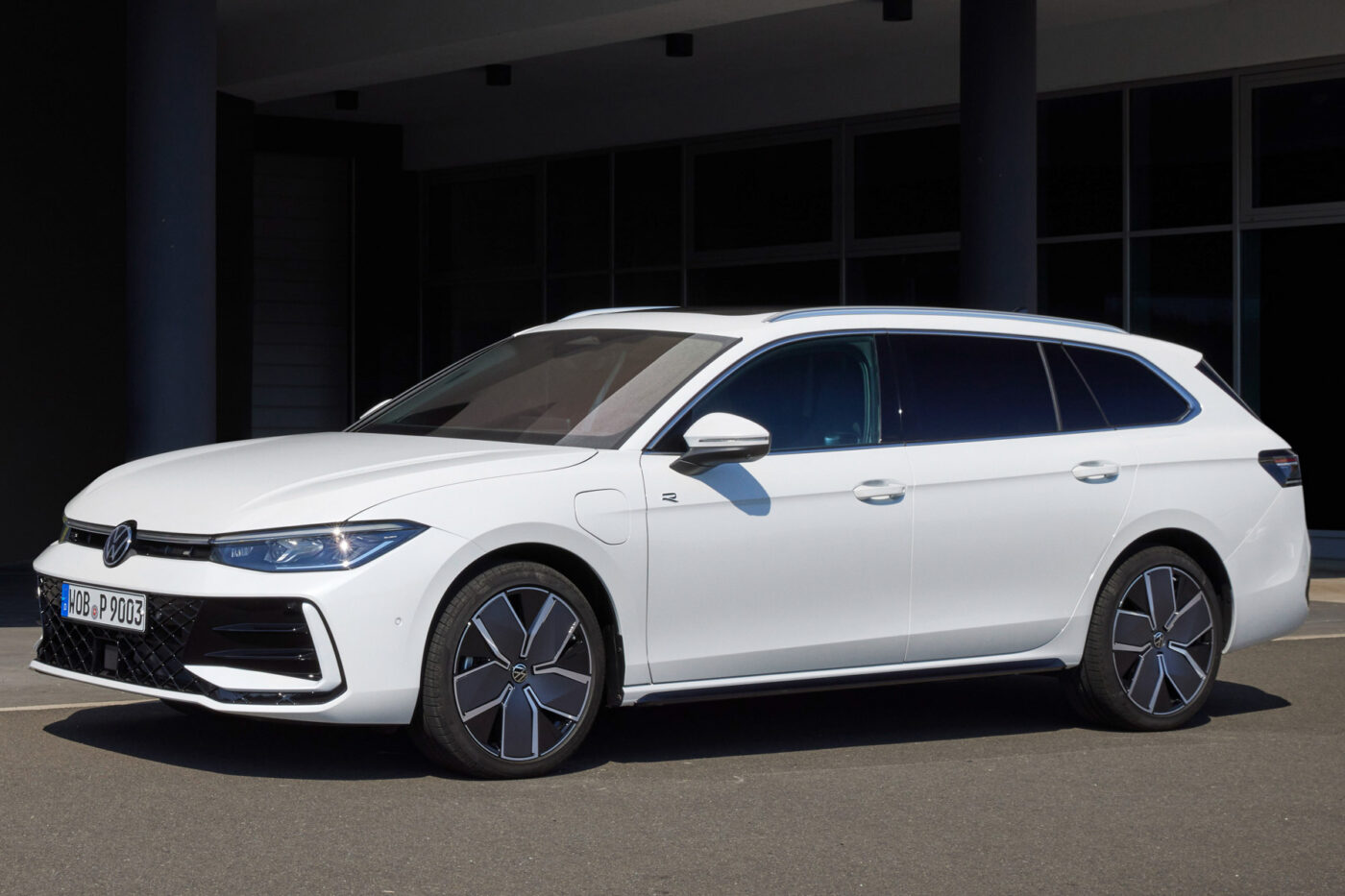
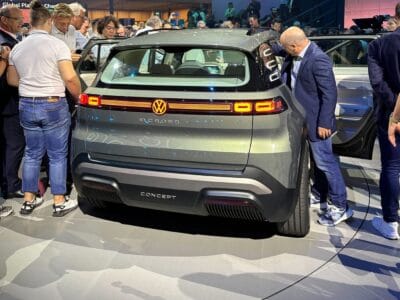
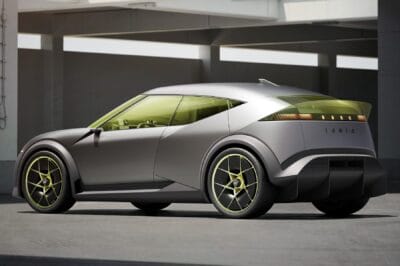
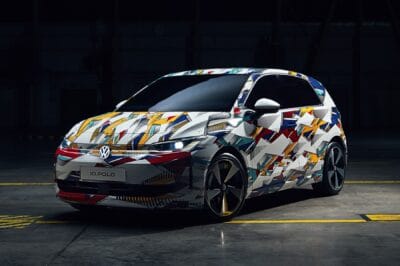
0 Comments